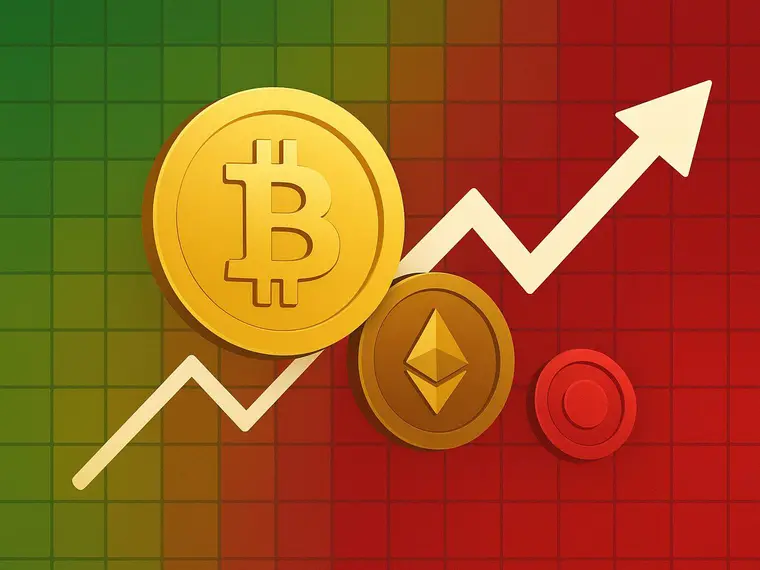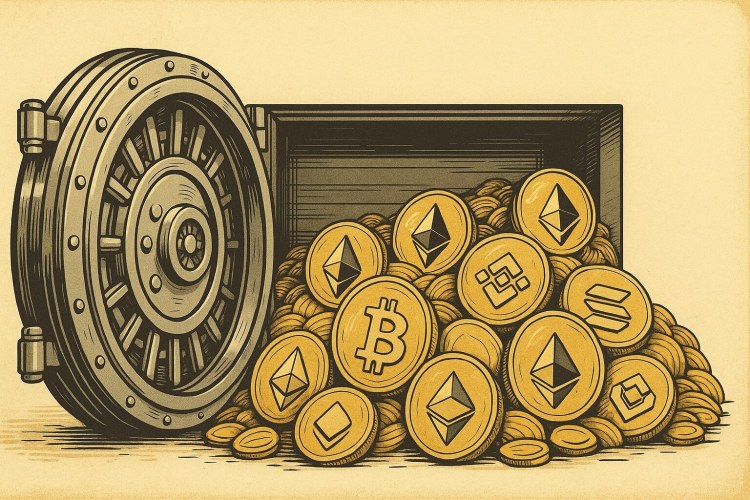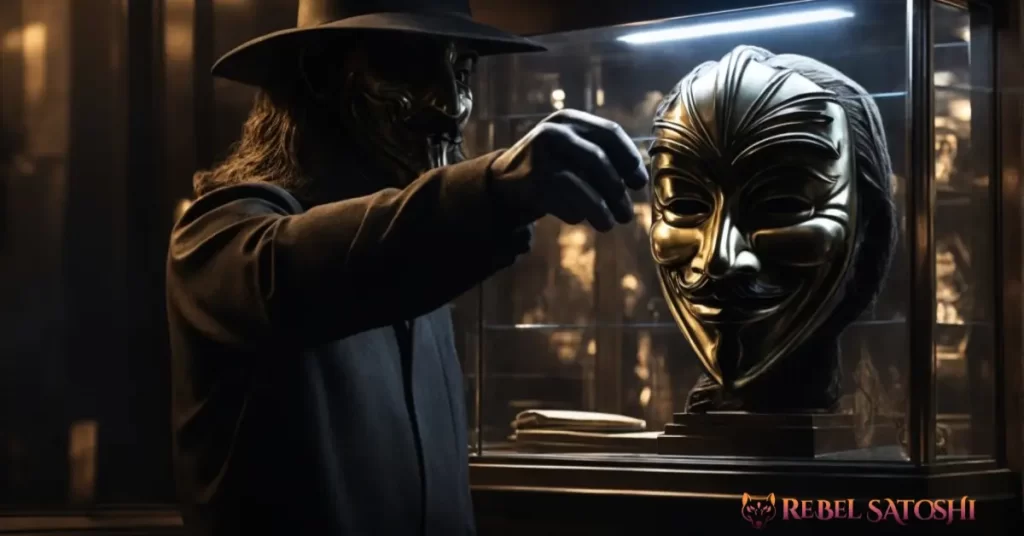WASHINGTON, DC – MARCH 13: Participants hold signs in support of TikTok outside the U.S. Capitol Building on March 13, 2024 in Washington, DC. (Photo by Anna Moneymaker/Getty Images)
Getty Images
From President Trump’s first ban attempt to a near-blackout earlier this year, TikTok’s five-year roller coaster ride looks like it’s finally slowing down now that Trump has unveiled a deal framework to keep the ByteDance app alive in the U.S.
A look back at the saga around TikTok starting in 2020, however, shows just how close the app came to being shut out of the US – how it narrowly averted a ban and forced sale that found rare bipartisan backing in Washington.
Recapping TikTok’s dramatic five-year battle
When I interviewed Brendan Carr back in 2022, for example, the future FCC chairman was already certain at that point that TikTok’s days were numbered. For a litany of perceived sins — everything from the too-cozy relationship of the app’s parent company with China’s ruling regime to the app’s repeated floating of user privacy — Carr was already convinced, at least during his conversation with me, that: “The tide is going out on TikTok.”
It was, in fact, one of the few issues that Washington lawmakers seemed to agree on. Even then-President Biden was on board, having resurrected Trump’s aborted TikTok ban from his first term and signed it into law.
“It feels different now than it did two years ago at the end of the Trump administration, when concerns were first raised,” Carr told me then, in August of 2022. “I think, like a lot of things in the Trump era, people sort of picked sides on the issue based on the fact that it was Trump.” One thing led to another, though, and it looked like Carr was probably right. That the tide, indeed, was going out.
And then it came back in.
The US government is close to a deal to keep the TikTok app alive in the country. (Photo by Matt Cardy/Getty Images)
Getty Images
Three years on from that conversation, TikTok is finally poised to secure the deal it’s been scrambling against all odds to lock in place — the terms of which look set to include a new TikTok-built app exclusively for U.S. users. The new app’s user data would be housed inside the U.S., and (according to The Wall Street Journal), the U.S. business would be controlled by an investor group that includes Oracle, Silver Lake and Andreessen Horowitz.
Nobody involved, however, is breaking out the champagne just yet.
TikTok’s rocky road over the last five years — plus the involvement of a mercurial U.S. president who’s been on either side of this debate at various times — is as good a reminder as any that nothing is really certain here until it’s all finally over.
For a while, to Carr’s point, it did indeed look like TikTok wasn’t long for this world. What started in 2020 with Trump’s move to ban the app eventually ballooned into one of the most consequential standoffs between Washington and Big Tech, with some 170 million American users stuck in the middle.
Forbes has reported extensively on TikTok’s troubles since then, from data security and privacy risks to the heavy hand of its Chinese parent, ByteDance. Reporting has uncovered instances where ByteDance used TikTok to track journalists, showed that sensitive user data was accessible in China, and revealed the company’s awareness of potential harm to users.
Legal fights and privacy scandals: TikTok under fire
Back in the summer of 2020, then-President Trump declared TikTok a national security threat. He issued an executive order demanding that ByteDance divest its U.S. operations — or else the app would be kicked out of American app stores. Courts, however, quickly stepped in and blocked the order, citing shaky legal authority and First Amendment concerns.
TikTok app screen (Photo Illustration by Drew Angerer/Getty Images)
Getty Images
Meanwhile, a high-profile deal began to take shape: Oracle and Walmart teamed up to buy TikTok’s U.S. business, but negotiations fell apart. With federal judges halting the ban and no sale finalized, TikTok survived the first Trump years bruised but intact.
When Joe Biden took office, though, the Democratic president didn’t let TikTok off the hook (even though he revoked Trump’s executive order). After the Biden administration ordered a broad review of foreign-owned apps, TikTok tried to get ahead of the scrutiny with “Project Texas,” a massive plan to silo U.S. data on Oracle servers and create a new subsidiary with American oversight.
The problem: Nobody in Washington seemed convinced it was enough. Lawmakers remained wary, especially after ByteDance admitted in 2022 that employees had improperly accessed the data of U.S. journalists (thanks to blockbuster Forbes reporting).
Congress finally stepped up in the spring of 2024, passing a law that gave ByteDance nine months to sell TikTok or face a ban. When the Supreme Court upheld it in January 2025, the clock started ticking as the countdown to divestment began.
Trump’s reversal, and TikTok’s brief 2025 blackout
And here’s where the story takes its sharpest turn:
Trump, back on the presidential campaign trail, did a complete flip-flop.
At that point, just ahead of the 2024 election, he’d moved away from his opposition to TikTok and started warning that outlawing the app would only strengthen Facebook — run, of course, by Mark Zuckerberg, the CEO Trump had long vilified after being de-platformed in 2021. Trump’s opposition to a ban also came shortly after meeting GOP megadonor Jeff Yass, whose firm holds a major stake in ByteDance. Probably just a coincidence.
Trump also joined TikTok himself, with his personal account quickly amassing millions of followers and helping him connect with younger voters in his 2024 comeback campaign. Once back in the White House, he was then confronted with the very law he had criticized.
On January 19, 2025, TikTok briefly went dark in the U.S. — a 12-hour blackout that sent users into panic mode — before Trump, sworn in just hours earlier, signed an executive order delaying enforcement. Since then, the divest-or-ban deadline has been repeatedly kicked down the road. Earlier this week, Trump authorized a fourth extension of the ban, to allow for more time to finalize the deal that seems to be finally coming together.
Source: https://www.forbes.com/sites/andymeek/2025/09/17/tiktoks-wild-ride-how-the-bytedance-app-survived-trump-and-a-us-ban/


